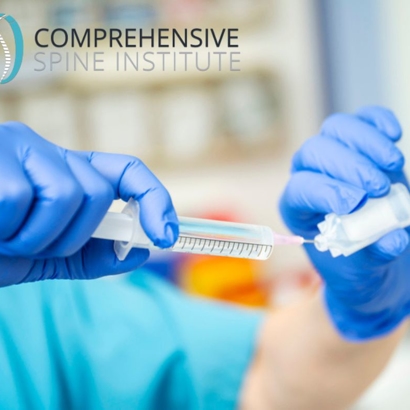
Laminectomy Surgery Tampa
Spinal Decompression Surgery in St. Petersburg & Clearwater
Laminectomy, often referred to as decompression surgery, creates space in the spinal canal and relieves pressure on the spinal cord or nerves.
A laminectomy is surgery to remove the lamina — the back part of the vertebra that covers your spinal canal. Also referred to as a decompression surgery, laminectomy enlarges your spinal canal to relieve pressure on the spinal cord or nerves.
This pressure can be caused by bony overgrowths within the spinal canal (spinal stenosis) or by a herniated disk. Laminectomy is most commonly performed on the vertebrae in the lower back and in the neck.
A laminectomy is only recommended when more-conservative treatments — such as medication and physical therapy — have failed to relieve symptoms or if the symptoms are severe or worsening.
Is a Laminectomy Right for Me?
Laminectomy surgery, also known as decompression surgery, is typically considered for individuals experiencing symptoms related to spinal stenosis or other conditions causing pressure on the spinal cord or nerves. Candidates for laminectomy surgery may include:
- Spinal Stenosis: Individuals with spinal stenosis, a condition characterized by the narrowing of the spinal canal, leading to compression of the spinal cord or nerves.
- Herniated Discs: Patients with herniated or bulging discs causing pressure on the spinal cord or nerve roots.
- Degenerative Disc Disease: Those with degenerative changes in the spinal discs that contribute to compression and pain.
- Spondylolisthesis: Individuals with spondylolisthesis, a condition where one vertebra slips forward over another, leading to spinal compression.
- Tumors or Abnormal Growths: Patients with tumors or abnormal growths in the spine that are causing compression on the spinal cord or nerves.
- Failed Conservative Treatments: Candidates are often those who have not responded well to conservative treatments such as physical therapy, medications, and epidural injections.
- Symptomatic Lumbar Stenosis: People experiencing symptoms such as chronic back pain, leg pain, numbness, tingling, or weakness that significantly impacts their daily life.
- Loss of Bladder or Bowel Control: In some cases, individuals with progressive neurological symptoms, including loss of bladder or bowel control, may be candidates for laminectomy surgery.
It's crucial for individuals considering laminectomy surgery to undergo a thorough evaluation from a member of our team. The decision to proceed with surgery is typically based on the severity of symptoms, the underlying spinal condition, and the individual's overall health. The surgeon will assess whether the potential benefits of the surgery outweigh the risks and whether non-surgical options have been exhausted.
Recovery From Laminectomy
70% to 80% of patients who have laminectomies show significant improvement in their function (ability to perform normal daily activities) and a reduction in their pain and discomfort.
The recovery time will depend on the extent of your surgery and your general health resulting in:
- Being able to return to light activity (desk work and light housekeeping) within a few days to a few weeks.
- Your doctor may not advise a return to full activities involving lifting and bending for two to three months.
- You should start light walking and physical therapy exercises as per your doctor’s instructions.
Learn more about laminectomy surgery in Tampa and if it may be a good option for you. Contact us at (727) 300-2537 for a consultation.
The Latest In Orthopedics
-
 Minimally Invasive Spine Surgeries: Benefits, Procedure, & Recovery Times
Minimally Invasive Spine Surgeries: Benefits, Procedure, & Recovery TimesDiscover the Benefits of Minimally Invasive Spine Surgery If you're dealing with back pain or a spinal condition, the ...
Read More -
 The Case for Epidural Steroid Injections
The Case for Epidural Steroid InjectionsDiscover Relief with Epidural Steroid Injections Living with chronic spinal pain can be exhausting, impacting every ...
Read More -
 Innovative Treatments for Back Pain: Exploring the Latest Advances in Spine Care
Innovative Treatments for Back Pain: Exploring the Latest Advances in Spine CareInnovations in Back Pain Treatment for a Healthier Future Dealing with back pain can take a toll on every aspect of your ...
Read More -
 What Is Spinal Cord Stimulation?
What Is Spinal Cord Stimulation?Spinal cord stimulation (SCS) is a cutting-edge technique that leverages electrical impulses to mitigate chronic pain. ...
Read More
.2506161530097.jpg)


.2408222022228.png)